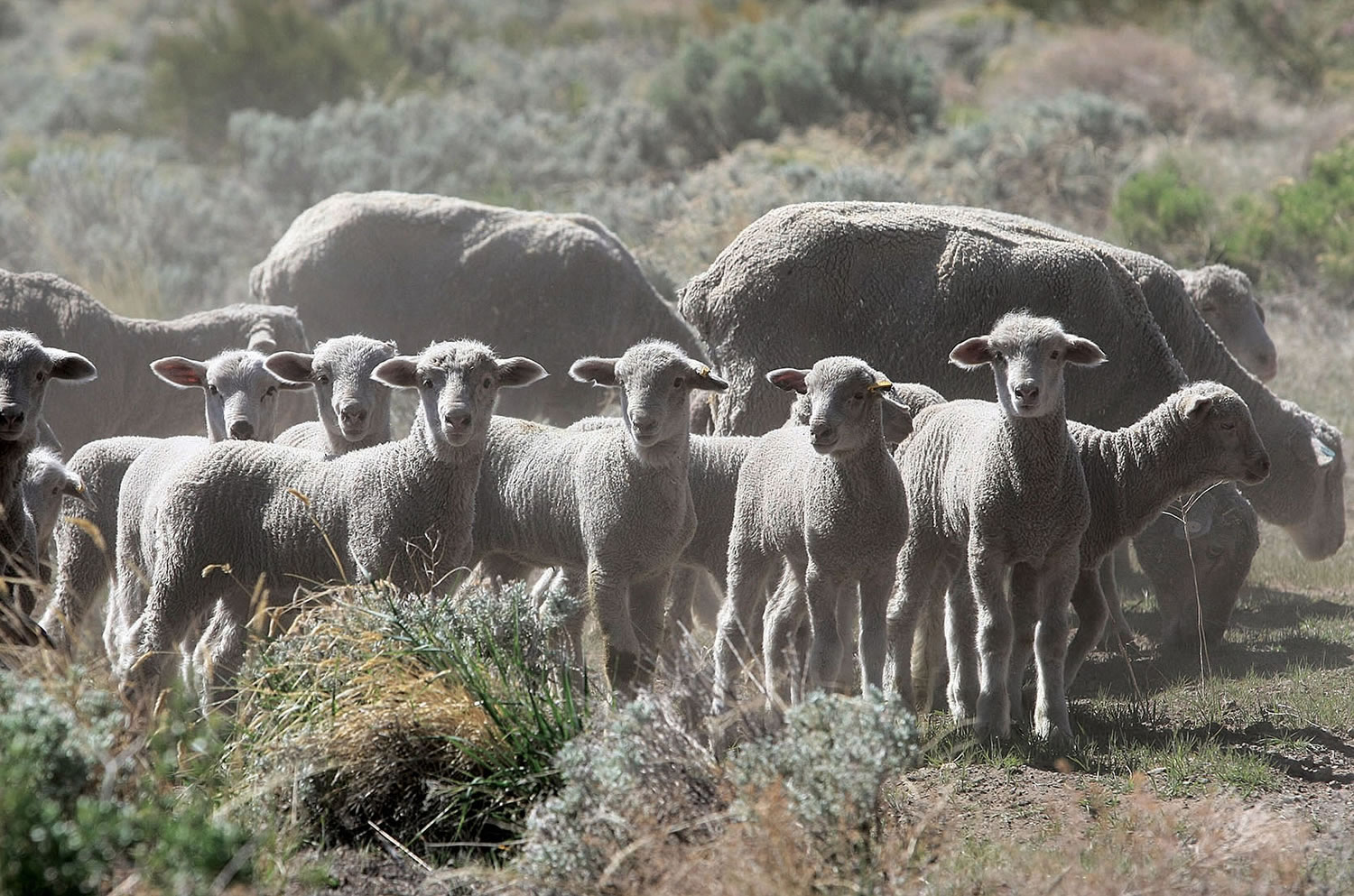BOISE, Idaho — A century-long losing battle has been waged in the West against an invasive weed that is responsible for massive wildfires and threatens native species and rangeland.
Now, some 65 years after famed naturalist Aldo Leopold summed up the general consensus about the battle against cheatgrass as hopeless, there might be hope.
“We’re in a better position to fight back than we have ever been,” said Susan Meyer, a U.S. Forest Service research ecologist working with fungus at the Shrub Sciences Laboratory in Provo, Utah.
Cheatgrass, with its barbed seed pods, is known for sticking to socks and injuring pets by getting in their ears and paws. It arrived from Europe in the late 1890s, and is found in every state in the Lower 48, though it thrives in colder, drier climates.
In the Intermountain West, it’s the most common plant and the dominant plant in an area about the size of Montana, Meyer said, and it’s spreading. It has taken over some areas so thoroughly that scientists call the regions monocultures, and public land managers have mostly thrown up their hands and opted to spend resources elsewhere.
That’s changing as the battle has taken on an urgency with cheatgrass eliminating sage brush. Among the 400 or so species that rely on sage brush is the greater sage grouse. The U.S. Fish and Wildlife Service faces a court-ordered September 2015 deadline to determine if sage grouse need federal protections under the Endangered Species Act. A listing could have ramifications for agriculture and energy, possibly damaging the economies of the 11 Western states where the chicken-sized bird resides.
“It’s probably the biggest public land issue of our time,” said John Freemuth, a public land policy expert and professor at Boise State University. The spread of cheatgrass and the battle to control it, he said, will likely factor into the decision about sage grouse.
“As you start losing habitat, you start getting this downward spiral, and people are worried you won’t have enough habitat to avoid a listing,” Freemuth said.
What all that means is that Meyer and Ann Kennedy, a scientist in Washington working with bacteria, are drawing attention— and research money — from top land managers and policymakers after showing that the seemingly invincible cheatgrass might have an Achilles’ heel.
“The land management agencies, they’re pretty desperate,” said Meyer, who is pursuing a soil-born fungus capable of wiping out cheatgrass stands. “It isn’t just sage grouse — it’s the whole system going down the tube. Sage grouse is just the canary in the coal mine.”
Kennedy, a scientist with the U.S. Department of Agriculture’s Agricultural Research Service, has sorted through some 20,000 strains of naturally occurring soil bacteria to discover two that single out cheatgrass.
“We’ve found several organisms that are really good at colonizing the root of the seed, and reducing the elongation of that root,” said Kennedy, who works at Washington State University. “Then that cheatgrass is less competitive the next spring.”
One of the strains is registered as a bio-herbicide through a private company. Kennedy said the federal government is going through the process for the other strain.
Kennedy’s work is primarily cropland, but her research has rangeland applications. Meyer’s research on fungus has been looking at naturally occurring die-offs of entire cheatgrass fields.
“That’s like the bio-control scientist’s fantasy dream,” she said. “We want to figure out why that happened and what its implications are.”



